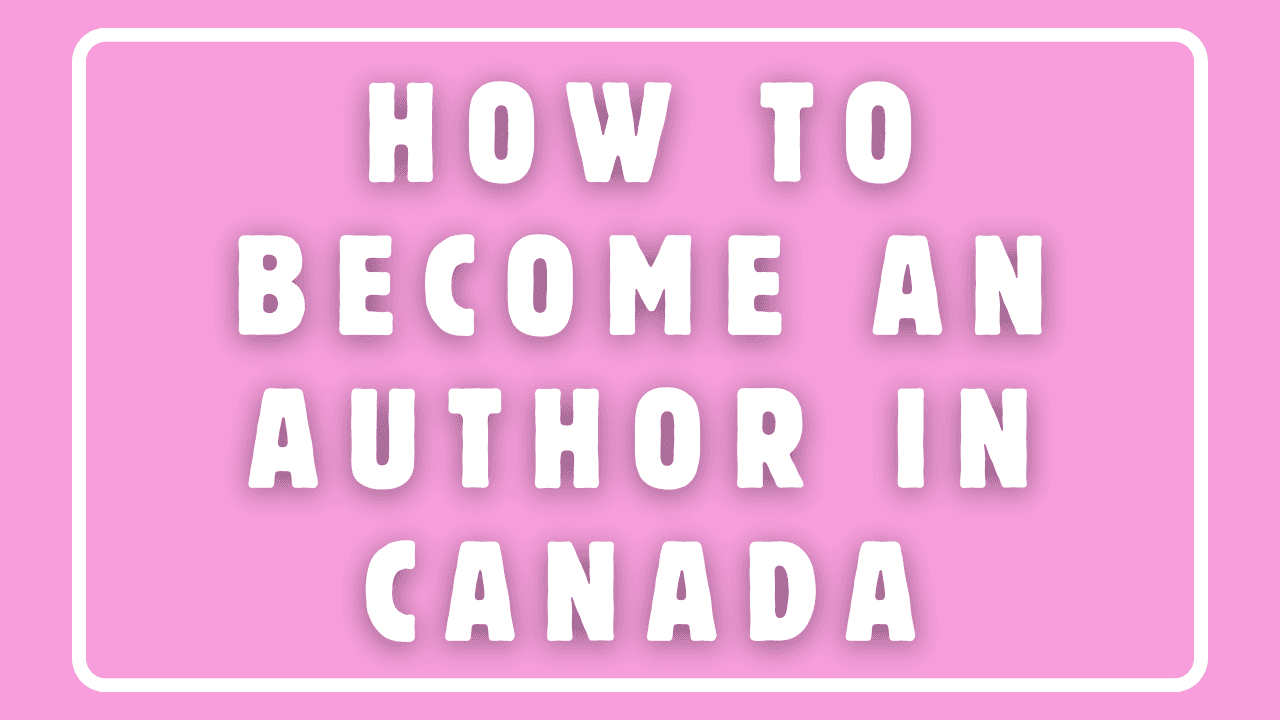Wed Jun 11 2025
0 Comments
Are Low Content Books Public Domain?
Are Low-Content Books in the Public Domain?
The public domain refers to works that are free for anyone to use, modify, or share without restrictions. These can include books, music, art, or other creations that were never or are no longer protected by copyright. Here are some examples:
- Old Works in the USA: Works published before 1924 are in the public domain as of 2024
- Old Works outside the USA: In many countries, works that are published by individuals generally enter the public domain seventy years after the author's death.
- Creator’s Choice: Some creators voluntarily release their works into the public domain for free use by anyone.
When a work enters the public domain, it becomes a resource for creators to adapt, reuse, or draw inspiration from, without needing permission from the creator.
Not every low-content book falls into the public domain. Most are protected by copyright, the same as any other creative work. If a person designs a unique journal layout, assembles a number of specific puzzles, or crafts original illustrations, they still own the rights to that content.
However, there are some low-content books in the public domain. These could be older activity books, generic templates, or old coloring books from many years ago that might qualify.
Do a little research to determine if a low-content book you are considering adapting for your own use is actually in the public domain.


